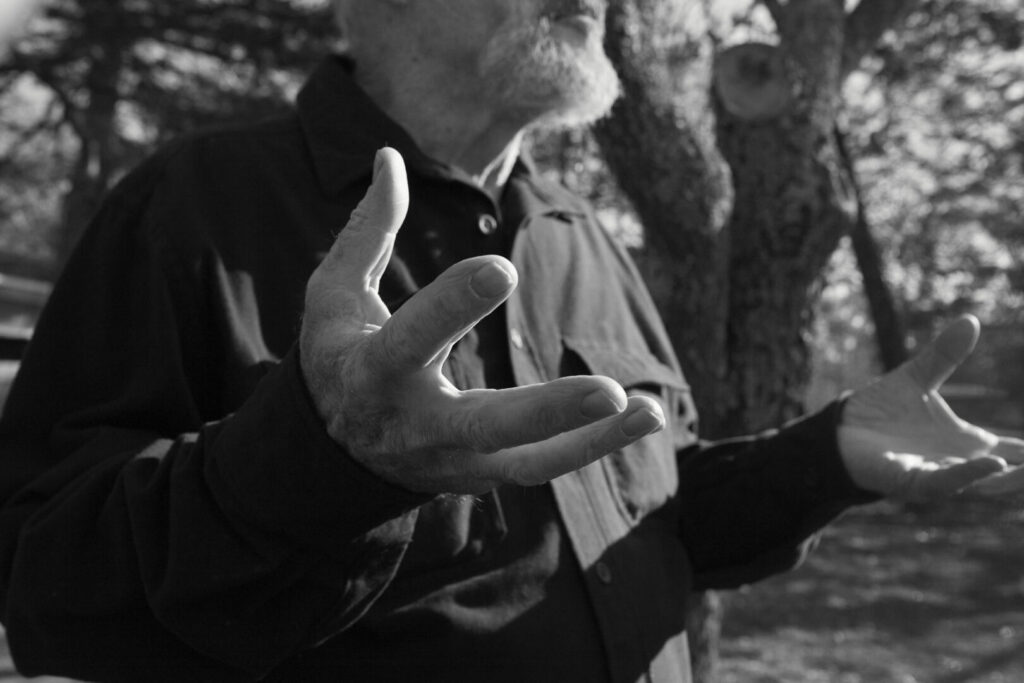
ABOUT DREW
Drew Gentle is an abstract artist whose practice began in the animation industry during his upbringing and early adulthood living in Los Angeles. A native to L.A., he attended the California Institute of the Arts, where he graduated with a BFA in painting. After graduating, Gentle followed in his own father’s footsteps, entering animation as a means of income and creative pursuit. After dedicating the majority of his career to animation on projects ranging from The Smurfs, Scooby-Doo, Ghostbusters, The Flintstones, Teenage Mutant Ninja Turtles, and The Land Before Time, he left Los Angeles and the industry behind in 2007 and moved to Arkansas, where he would finally find himself as an artist.
Now, nearly two decades since his return to fine arts, Gentle discusses the many hats he’s worn across his lifetime, some of the most influential moments in his career, and how retirement offered him his dream job.
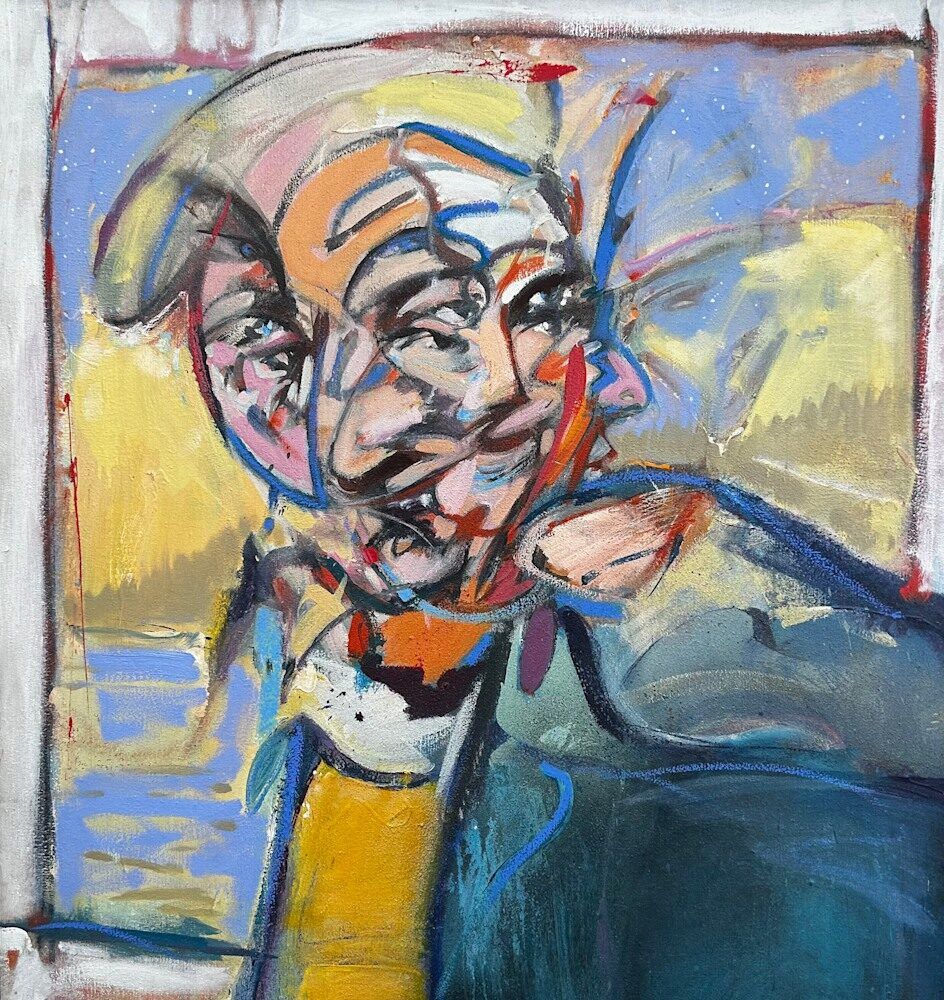
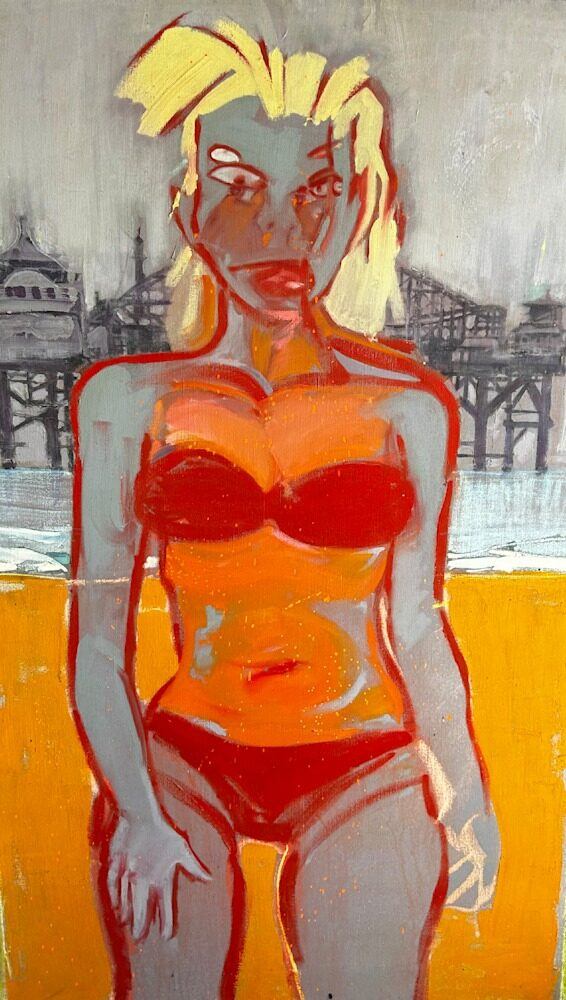
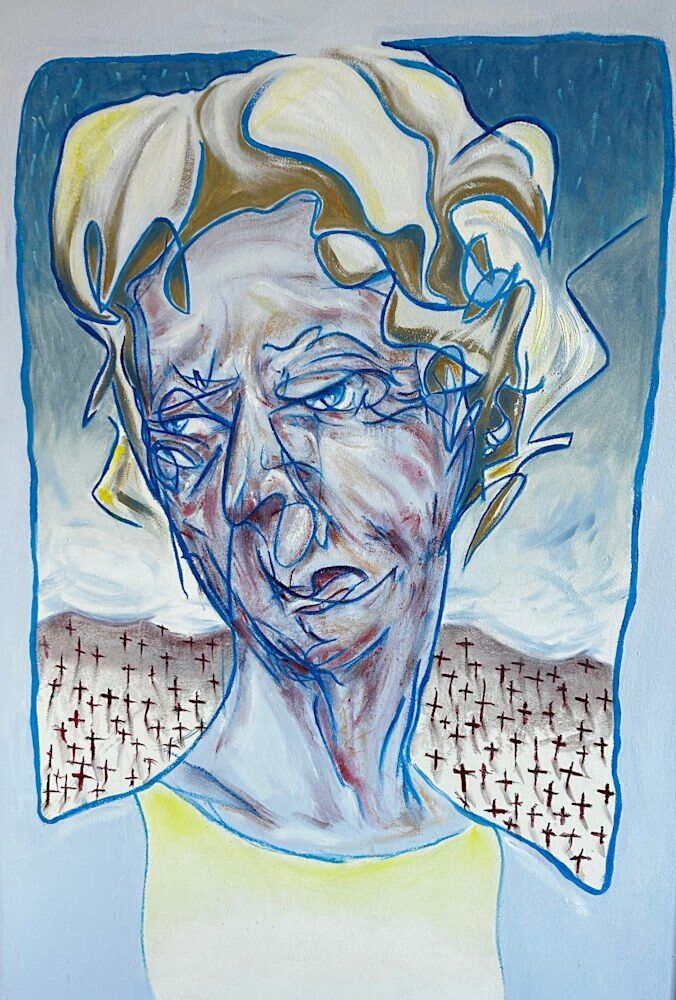
MIXD: Jumping right in, shall we? Drew, how do you think your early days working as an artist assistant at Hanna-Barbera studios shape the artist you are today?
Drew Gentle: It was a Friday evening in June, 1965. I had earlier in the day graduated from high school, and in a month, I was going to turn 18. My father, who had at that time 30 years of experience in the animated cartoon business and had been the main background painter on all the Tom and Jerry cartoons from the 1940s and 50s, sat me down and asked if I wanted to work as his assistant in Hanna-Barbera on Monday. I said yes. As far as shaping me as an artist, it was quite humbling. I was a boy wonder as an artist, but the talent and skill these adults had was totally intimidating. I worked as my dad’s assistant for that summer and the following as well.
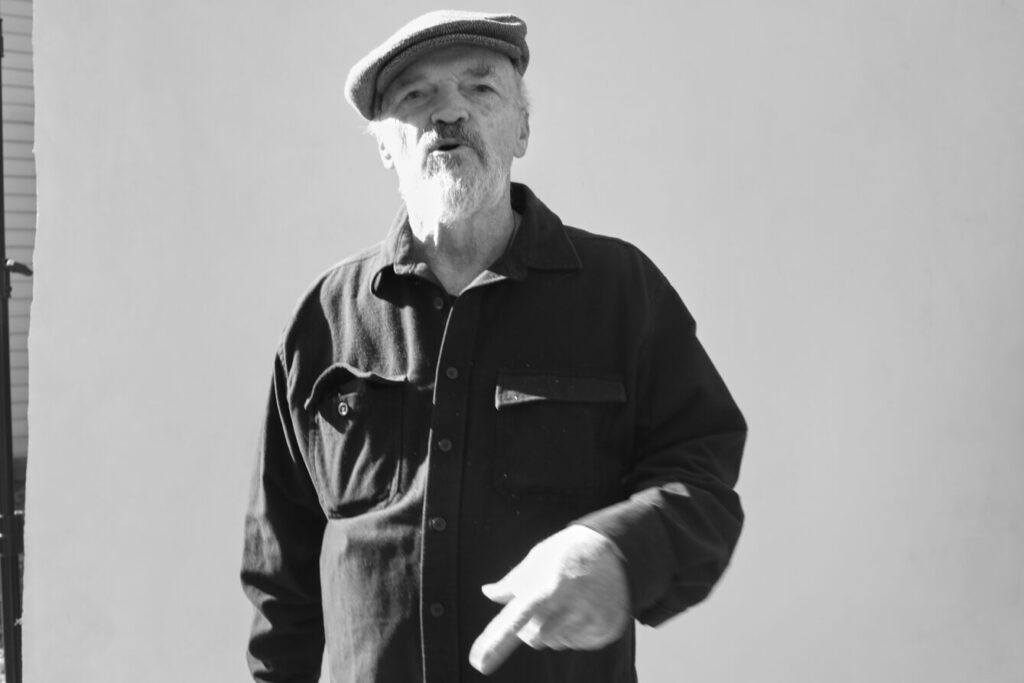
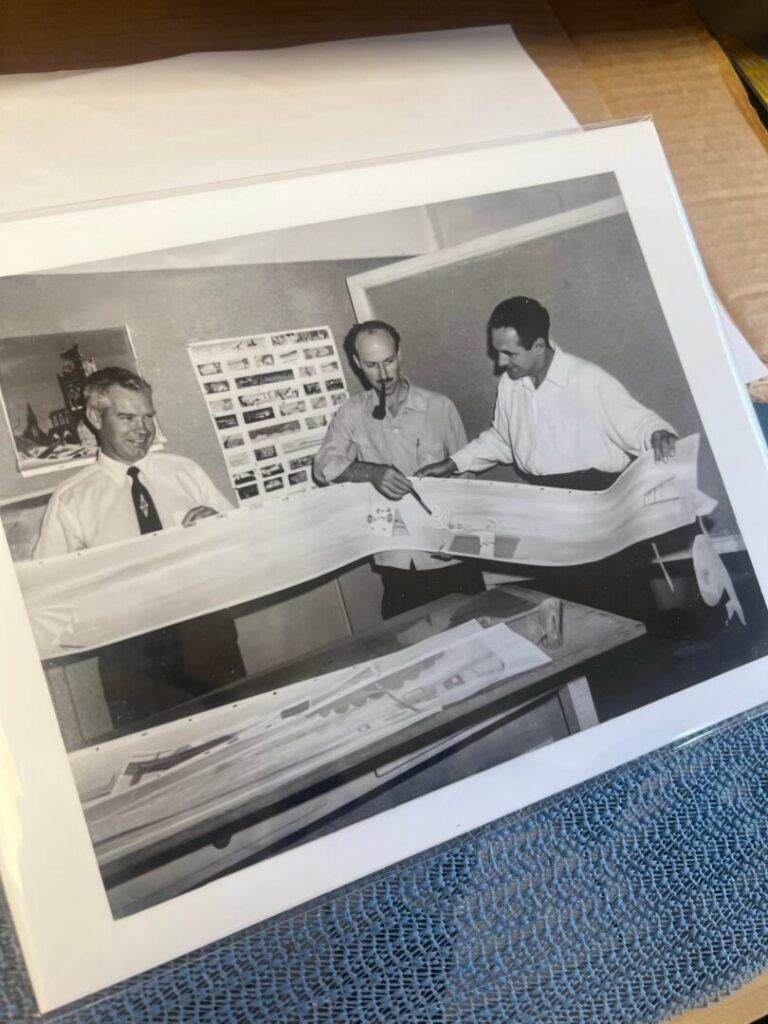
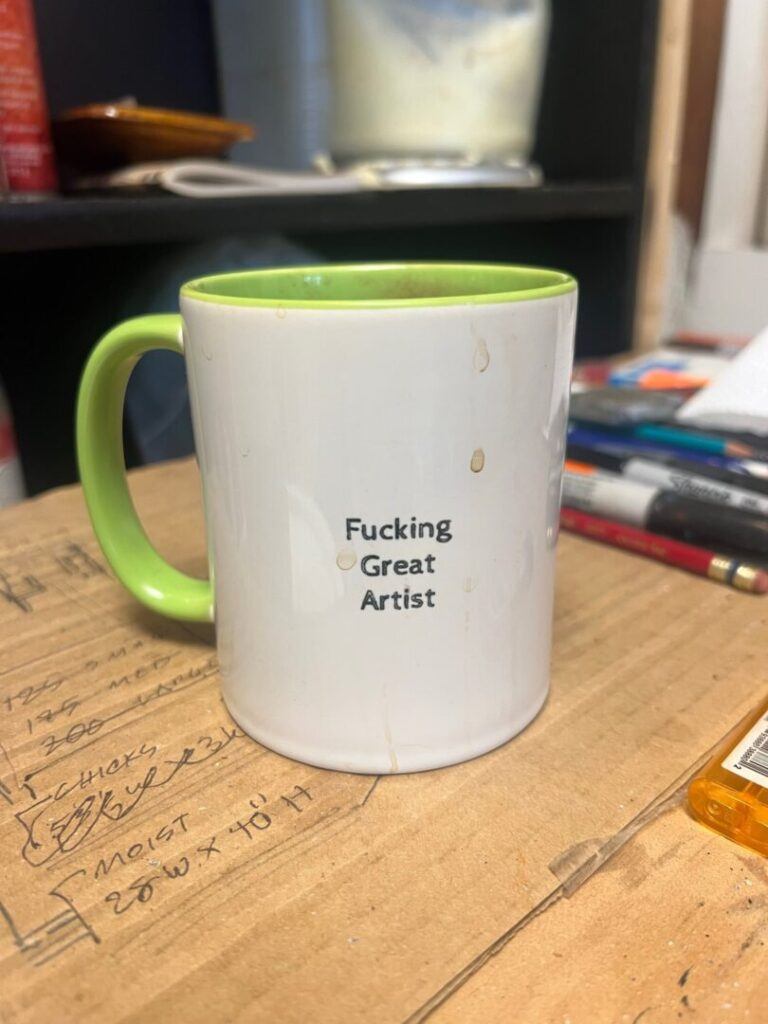
MIXD: Having worked in animation for many years, was there a key project or moment that influenced your artistic style?
DG: As far as a key project that influenced my style, I would have to say, they all did. Every show was a different style with different characters in it and a different design. My job was to draw them all well. So I did. It was quite a learning experience.
MIXD: Your work often features abstract figurative personas. Can you share the inspiration behind this choice and how it has evolved over time?
DG: My abstracted personas developed over a period of years, starting in college with doodles and continuing throughout the years I worked in animation. It’s when I realized I was a fine artist with a personal point of view and not really a cartoonist at heart. However, I was really good at animation, and they were paying me for my skill at being able to produce other peoples’ ideas. I was ready to drop animation and devote myself to my vision in the early 1980s. I was in my early 30s when everything changed. I got custody of my daughter from my ex-wife. My second marriage had failed as well and I was determined to be a good single parent to my daughter, who needed me. Being a painter is rough, with ups and downs, and an inconsistent income, while animation was a consistent income. I was by then in demand.
For the next 25 or 30 years I worked very hard in animation, usually doing the job for other artists. I was accumulating pension hours, so I could retire at 60 years of age with a full pension and excellent medical insurance. I did this because I had the talent and experience to do it. I worked at multiple studios at one time, driving all over Los Angeles to pick up and drop off work at many animation studios on a weekly basis. My daughter has now grown up, done well, made me a grandfather twice. Me, I was ready to get back to my dream of being the artist I was meant to be. I moved to Arkansas when I was 60, in 2007, and put LA and the animation business in my rearview mirror and became the artist I am today.
After dedicating the majority of his career to animation on projects ranging from The Smurfs, Scooby-Doo, Ghostbusters, The Flintstones, Teenage Mutant Ninja Turtles, and The Land Before Time, Andrew Gentle left Los Angeles and the industry behind in 2007 and moved to Arkansas, where he would finally find himself as an artist.

MIXD: How does the concept of light refraction, a key aspect of “Prism” resonate with your creative process or final pieces?
DG: Light in painting is vital. All the colors of natural light spread out in a prism, while combining them makes white light (Thanks, Isaac Newton). Why all the colors of paint together makes a muddy mess. In painting there are two kinds of light. One is, an imitation of natural light. It’s called realism and is used to show depth of field and three dimensions on a two dimensional plane. The second way to show light is truer to the two dimensional plain that is painting. I’m thinking of a Mark Rothko while I’m writing this. It’s a spiritual experience.
MIXD: What advice would you give to the younger generations of emerging artists that you wished you knew when you started?
DG: Perhaps I’d say, don’t wait too long to pursue your dreams. I have regrets about the work I’ll probably never have the time to do. On the other hand, I was doing something important to me and I wouldn’t change that, and who knows, 10 or 15 years from now I hope to be doing my very best work I’ve ever done.

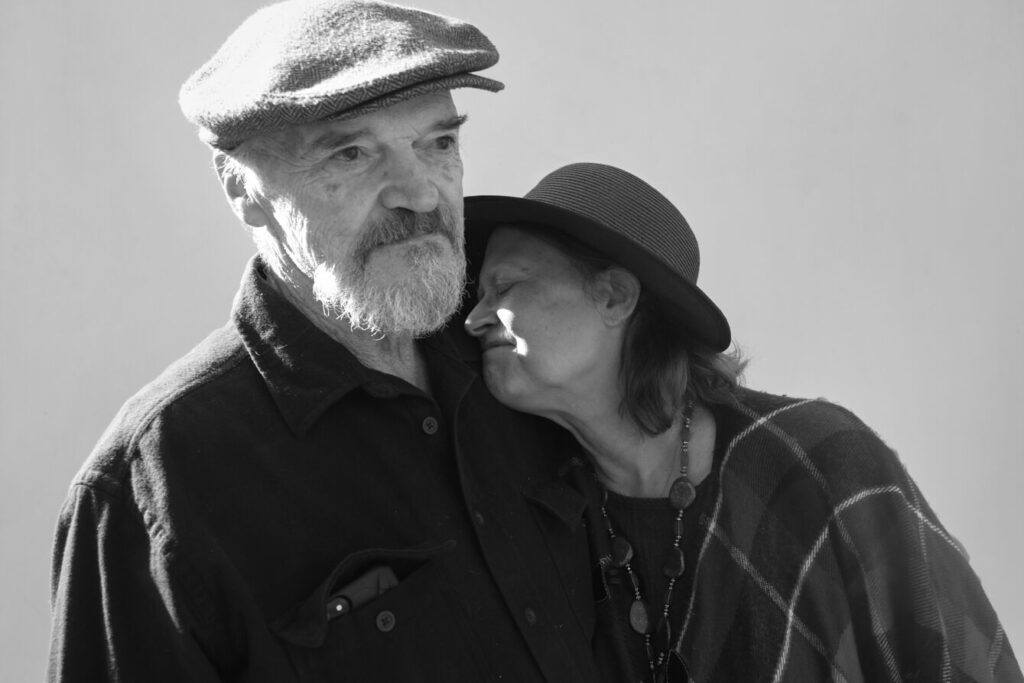
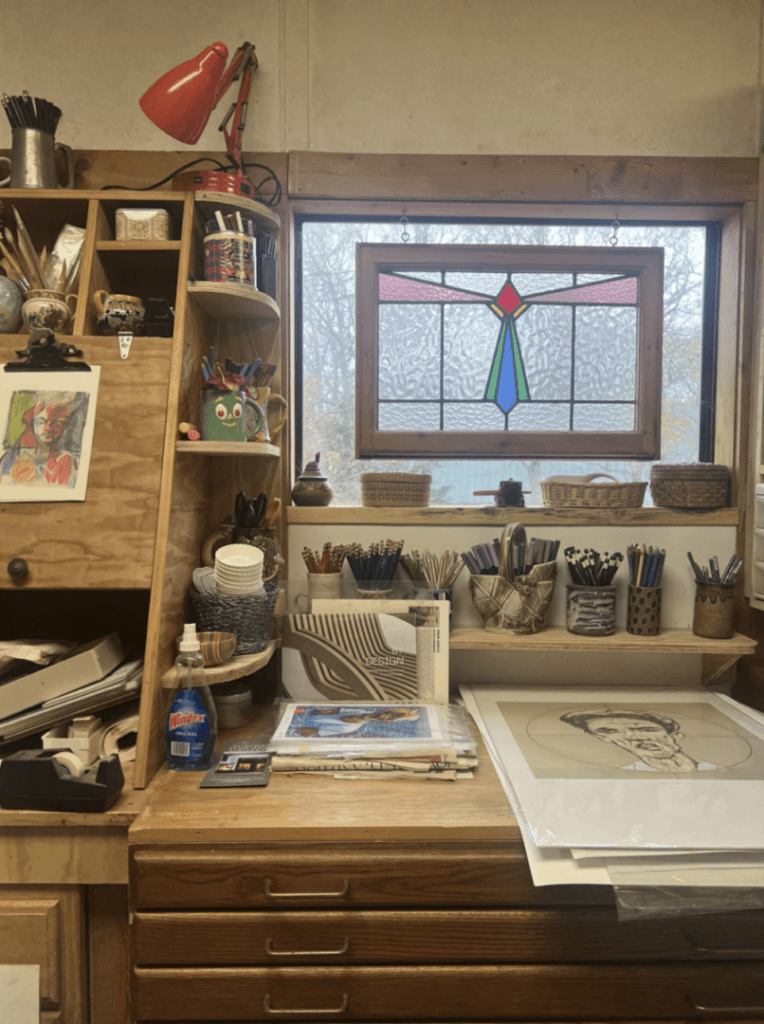
Don’t wait too long to pursue your dreams.
DREW GENTLE
A very warm thank you to Drew Gentle for joining our MIXD Gallery stable of artists and for joining us in conversation. If you’re interested in viewing his work or learning more about his fascinating life as an artist there’s more for you to enjoy HERE.